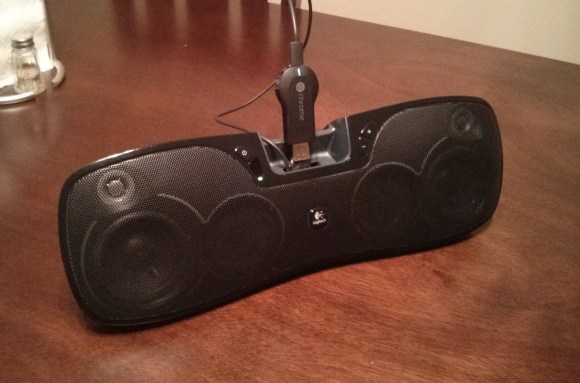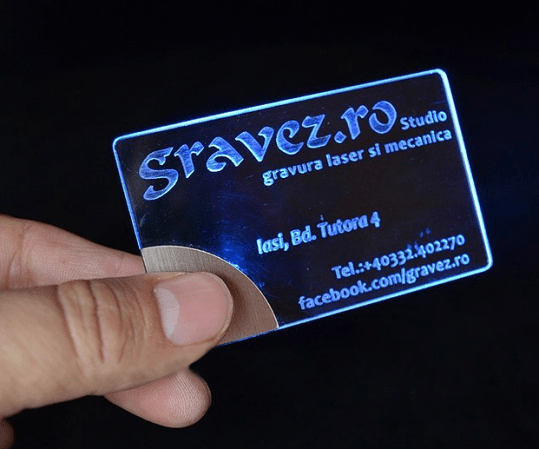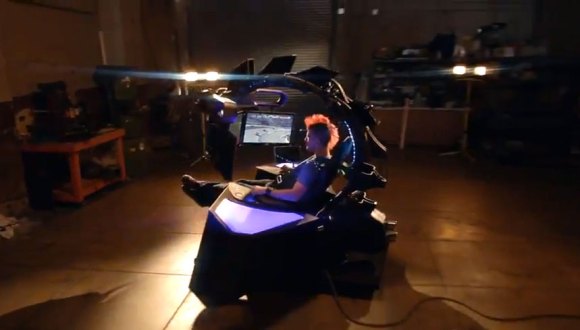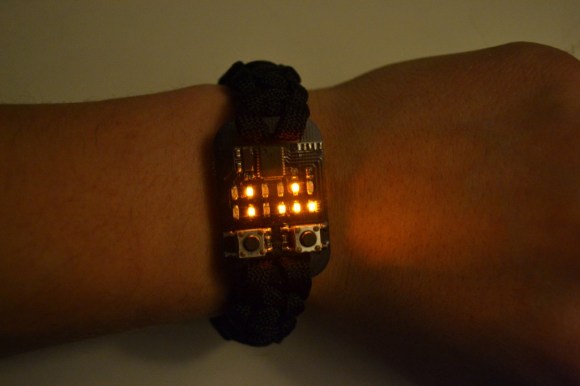Every so often we run across something in the Hackaday tip line that sends us scurrying to Google, trying to source a component, part, or assembly. The ESP8266 WiFi module is the latest, made interesting because it pretty much doesn’t exist outside China.
Why is it cool? It’s a WiFi module with an SOC, making it somewhat similar to TI’s CC300 in conception (A.K.A. the thing that makes the Spark Core so appealing), in that a microcontroller on the module takes care of all the WiFi, TCP/IP stack, and the overhead found in an 802.11 network. It’s addressable over SPI and UART, making this an exceptionally easy choice for anyone wanting to build an Internet of Things thing; you can simply connect any microcontroller to this module and start pushing data up to the Internet. Oh, it’s also being sold for $5 in quantity one. Yes, for five dollars you can blink a LED from the Internet. That’s about half the price as the CC3000 itself, and a quarter of the price if you were to build a CC3000 breakout board.
There’s a catch, right, there’s always a catch. Yep. About two hours after this post is published it will be the number one English language Google result for “ESP8266.” As far as the English-speaking world is concerned, there is absolutely nothing to be found anywhere on the Internet on this module.
Seeed Studio recently sold a few of these modules for $7 and has some documentation, including a full datasheet and an AT command set. All the documentation is in Chinese. There’s also an “ESP8266 IoT SDK”, but from a quick glance at the code, this appears to be an SDK for the SOC on the module, not a simple way to connect the module to a microcontroller.
Anyone wanting to grab one of these modules can do so on Ali Express. Anyone wanting to do something with one of these modules will have a much more difficult time, most likely poking and prodding bits randomly with the help of Google translate. Should someone, or even a group of people, want to take up the task of creating a translation of the datasheet and possibly a library, we have a pretty collaborative project hosting site where you can do that. You may organize in the comments below; we’ll also be taking bets as to when a product using the ESP8266 will be found on Kickstarter. My guess is under a month.
EDIT: Here’s a translation of the datasheet and AT command set.
Edit two: [bafeigum] is writing a library go help him out.
Thanks [Liam] for the tip.


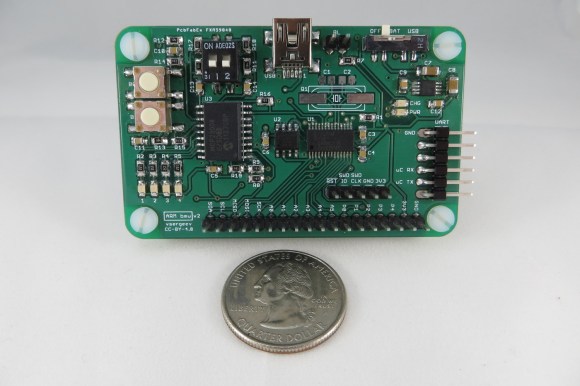
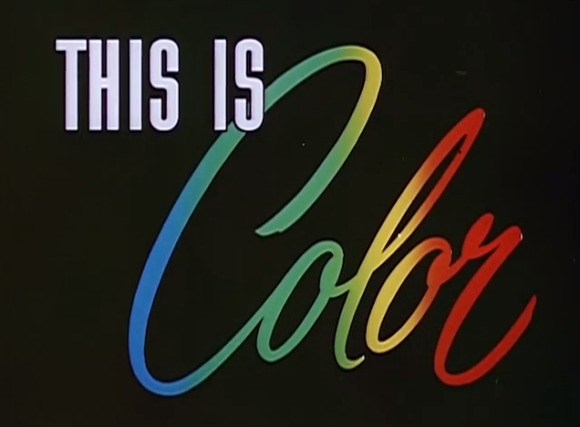 Chances are, you take color for granted. Whether or not you give it much thought, color is key to distinguishing your surroundings. It helps you identify fire, brown recluse spiders, and the right resistor for the job.
Chances are, you take color for granted. Whether or not you give it much thought, color is key to distinguishing your surroundings. It helps you identify fire, brown recluse spiders, and the right resistor for the job.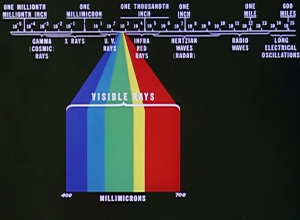 Each color that makes up the spectrum of visible rays has a particular wavelength. The five principal colors—red, yellow, green, blue, and violet—make possible thousands of shades and hues, but are only a small slice of the electromagnetic spectrum.
Each color that makes up the spectrum of visible rays has a particular wavelength. The five principal colors—red, yellow, green, blue, and violet—make possible thousands of shades and hues, but are only a small slice of the electromagnetic spectrum.